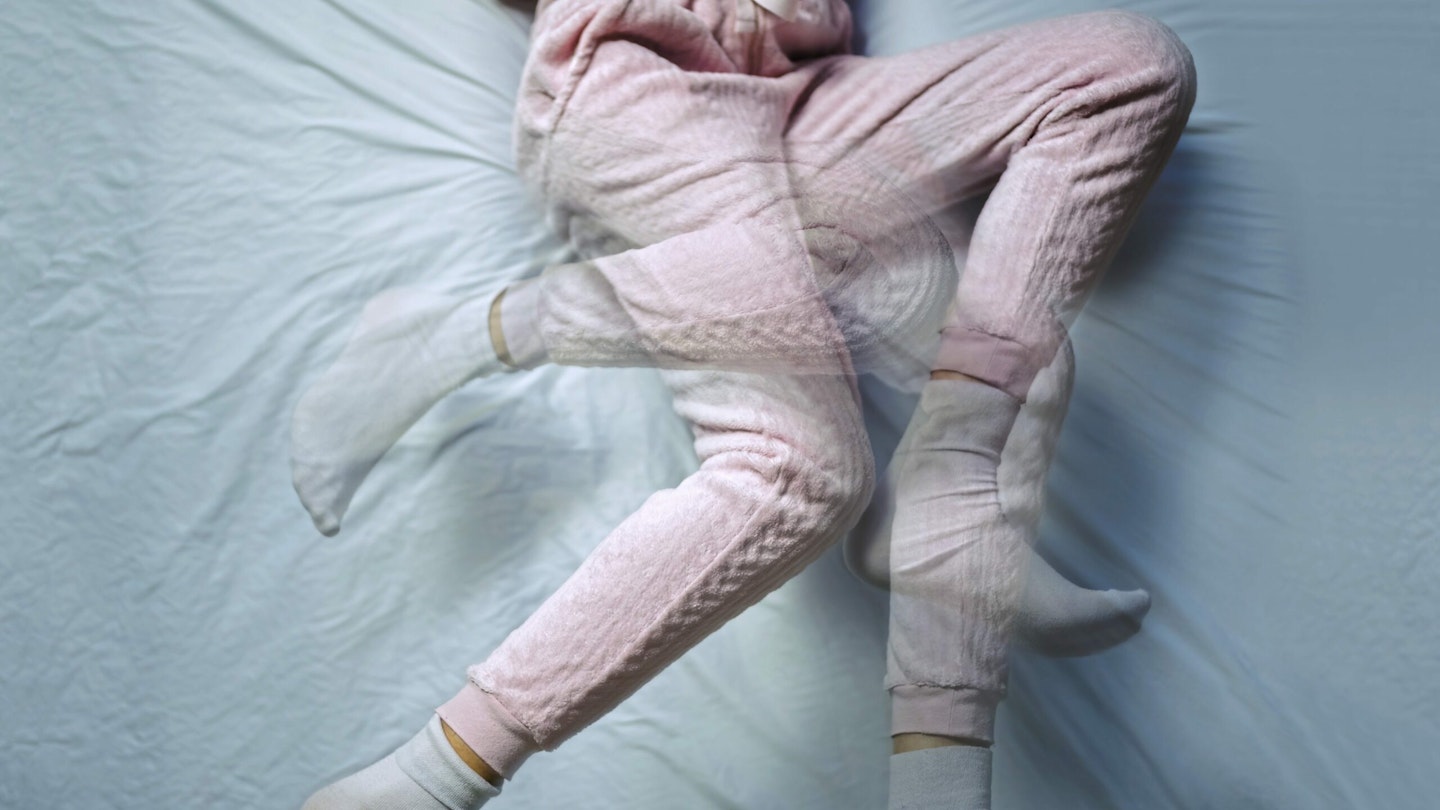It affects all ages and women are twice as likely as men to have it. Symptoms usually strike at night and include tingling, itching, prickling or crawling sensations in the feet, calves and thighs. These lifestyle changes may help
Reduce stress and anxiety
Stress reduction techniques like deep breathing or yoga may help.
Exercise
Gentle, regular exercise during the day can ease restlessness at night, but avoid rigorous exercise in the hour before bed, as this could have the opposite effect in some people.
Cut back on booze
Avoiding alcohol and caffeine late at night can also help with a good night’s sleep. Try cutting out coffee, tea, colas, sports drinks and even chocolate to see if your symptoms improve or worsen.
Sleep
Following a bedtime ritual and sleeping regular hours can be beneficial. Keeping a sleep diary can be a useful tool to pinpoint your personal triggers and gauge the severity of your symptoms.
Check your medication
Certain medicines can make restless leg syndrome worse. In particular, antihistamines, antinausea drugs and certain antidepressants. Consult your doctor if your symptoms worsen after taking new medication.
Quit smoking
If you smoke, then quitting should help.
Massage and hot baths
Using massage and hot baths to stimulate the legs may also be helpful.
